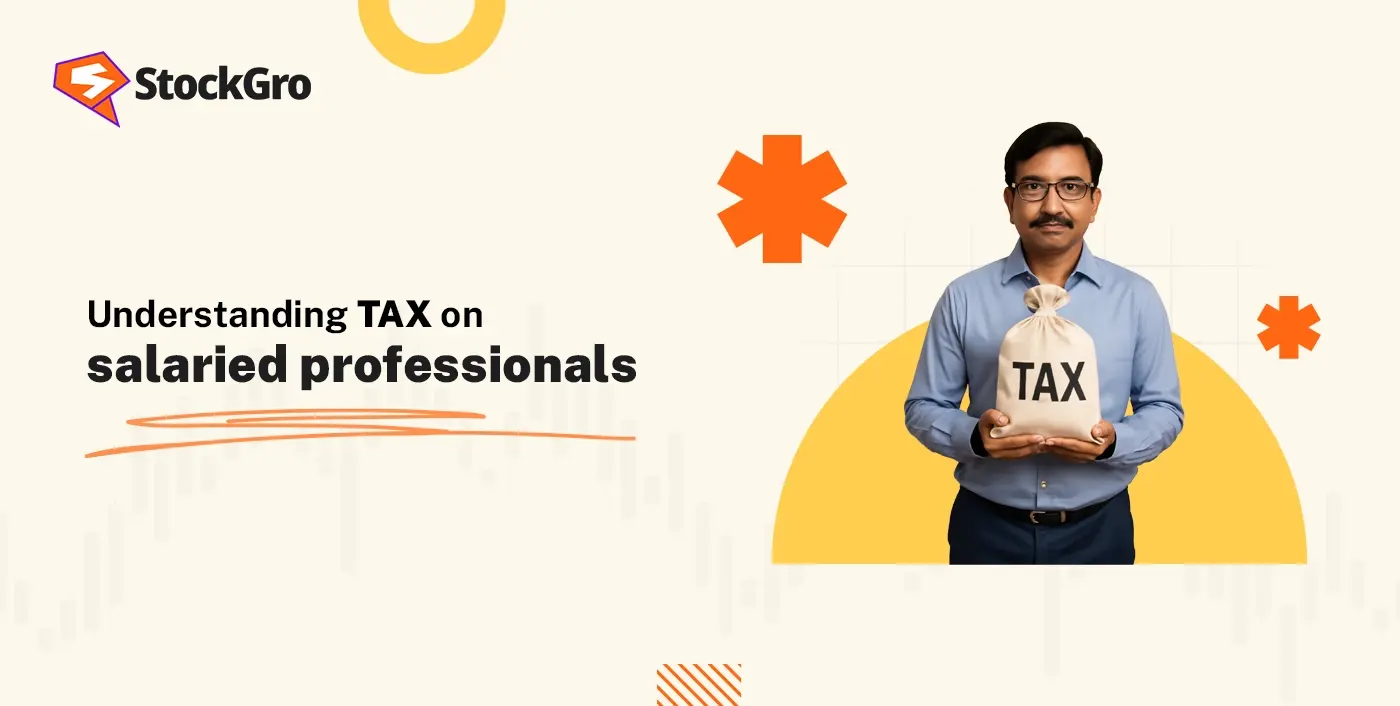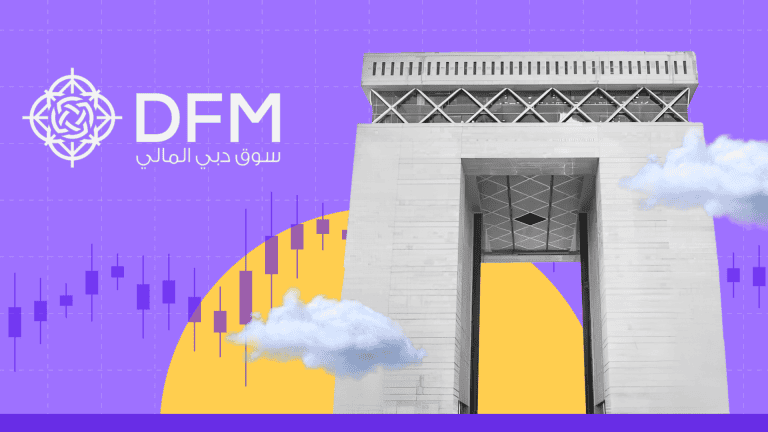
Big year end bonus? Mid year incentive? While these are great motivators, they also raise a big question: how much tax will you pay on them? For salaried employees, every extra rupee counts, especially when it comes to qualifying for tax rebates like Section 87A.
If your annual income is around ₹7 lakh in FY 2024-2025 and ₹12 lakh in FY 2025-2026, even a small bonus can disqualify you from the rebate and leave you with an unexpected tax bill.
Let’s get into the details of how bonuses are taxed and how the 87A rebate helps keep your liability in check. Ready?
What qualifies as a bonus or incentive? Is it fully taxable?
Bonuses and incentives are extra payments made in addition to your regular salary. These are typically performance-based or situational and may include:
- Performance bonus: Paid for achieving personal or company-wide targets.
- Joining bonus: A one-time payment to attract new hires.
- Retention bonus: Offered to retain key employees during transitions, acquisitions, or restructuring.
As per Section 17(1) of the Income Tax Act, 1961, all such payments are considered part of your salary income, making all types of bonuses fully taxable. They are:
- Added to your gross income in the year they are received.
- Taxed as per your applicable income slab under the new or old regime.
- Subject to TDS (Tax Deducted at Source) in the month they are paid.
Also Read: Refund 101: A guide to growing your income tax returns refund
Claiming 87A rebate and its impact with bonuses
To understand how bonuses affect your tax, first see how Section 87A rebate works for FY 2025–26 and how extra income impacts eligibility.
Overview of 87A Rebate (FY 2025–26)
Section 87A of the Income Tax Act, 1961 provides a tax rebate to resident individual taxpayers based on their total taxable income after deductions under Chapter VI-A (like 80C, 80D). The main points for FY 2025–26 are:
- If total taxable income is up to ₹12 lakh, taxpayers can claim a rebate up to ₹60,000 (for FY 2025-2026).
- For FY 2024–25, the rebate limit was ₹25,000 for incomes up to ₹7 lakh.
- Rebate up to ₹12,500 is available in the old regime on income less than ₹5 lakh.
- The rebate amount cannot exceed the total tax payable before cess.
- The rebate applies only to individuals who are residents in India.
- HUFs, firms, and companies are not eligible.
- Senior citizens (aged 60–80) remain eligible; super senior citizens (above 80) are not eligible for this rebate.
How bonuses or incentives affect your 87A rebate eligibility
Bonuses, joining bonuses, and other incentives form part of your salary income under Sections 15 and 17(1) of the Income Tax Act. When these additional earnings increase your total taxable income, it can affect your ability to claim the rebate:
- If your total taxable income (including bonuses/incentives) remains below ₹12 lakh, you are still eligible to claim the rebate of up to ₹60,000.
- However, if bonuses push your income above ₹12 lakh, you lose eligibility for the rebate, increasing your tax burden.
- Also, remember the rebate cannot exceed the tax payable before 4% health and education cess, so higher income means higher tax, which can lower the effective rebate benefit.
To understand it better, let’s take the example of Rahul, a 35-year-old salaried employee with no other sources of income, filing under the new tax regime for FY 2025–2026.
| Details | Without bonus(₹) | With bonus (₹) |
| Annual Income | 12,50,000 | 12,50,000 |
| Bonus Received | 0 | 50,000 |
| Total Annual Income (After Bonus) | 12,50,00 | 13,00,000 |
| Standard Deduction (u/s 16 ia) | 75,000 | 75,000 |
| Net Taxable Income | 11,75,000 | 12,25,000 |
| Tax Before Rebate | 57,500 | 63,750 |
| 87A Rebate | -57,500 | 0 |
| Total Tax Payable (After Rebate) | 0 | 63,750 |
Here:
- Rahul pays zero tax without the bonus because his taxable income is below ₹12 lakh and he qualifies for the Section 87A rebate of ₹57,500.
- When Rahul receives a ₹50,000 bonus, his income goes above ₹12 lakh, so he loses the entire rebate.
- This pushes his tax from ₹0 to ₹63,750, showing how a small bonus can create a big tax impact if you’re just crossing the ₹12 lakh limit.
Hence, the tax on incentives and bonuses can impact your overall tax liability by affecting your rebate claim.
Also Read: Understanding Section 193: TDS on Interest from Securities
Conclusion
Bonuses and incentives are part of a salaried employee’s income and are fully taxable under income tax laws. Since these are paid in lump sum, TDS deducted may seem higher initially but is adjusted in final tax computation.
By understanding the tax treatment of these components and using 87A rebate, employees can plan better and avoid year end surprises. Seek expert advice to optimize your tax strategy.
FAQs
Under FY 2025–26 new tax regime, resident individual taxpayers with total taxable income (after deductions) up to ₹12 lakh are eligible for 87A rebate. This rebate gives a maximum tax relief of ₹60,000. Bonus income or incentives should be included in your total income so make sure to factor them in while calculating your rebate eligibility.
In Budget 2025, Government increased 87a rebate limit under new tax regime to ₹12 lakh (from ₹7 lakh) with maximum rebate of ₹60,000.
This increases eligibility, so salaried individuals earning up to ₹12 lakh including tax on joining bonus can have their entire tax liability waived if their tax doesn’t exceed ₹60,000.
No. Payments like bonuses and incentives are always treated as part of salary and taxed under Income Tax Act, not GST. They fall under “Income from Salary” and are subject to tax on incentives and TDS deductions.
Since they are not supplies of goods or services, employee incentives are outside the scope of GST entirely.
An incentive (e.g. bonus or performance reward) is an addition to salary fully taxable under income tax and subject to tax on incentives and TDS on bonus.
On the other hand, a discount is a price reduction on goods or services offered to customers. Discounts are not considered as income and don’t affect personal income tax; they may affect business GST or sales dynamics instead.
87A marginal relief is designed to protect taxpayers from sudden jump in tax liability when their income slightly crosses ₹12 lakh. It ensures that for resident individuals with taxable income between ₹12 lakh and ₹12.75 lakh, the additional tax payable doesn’t exceed the extra income earned.
This avoids a disproportionate tax burden due to small increases in income.

